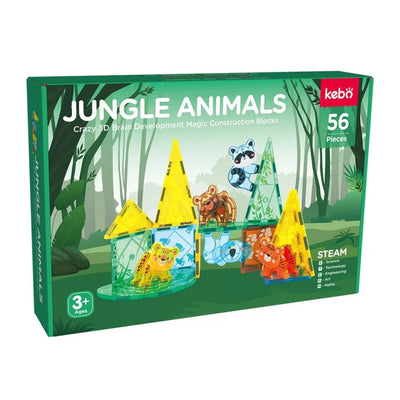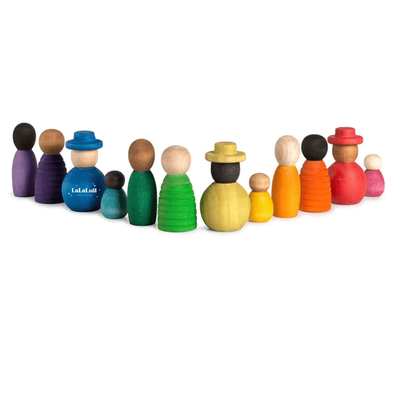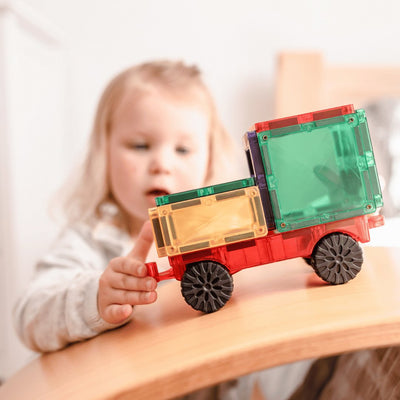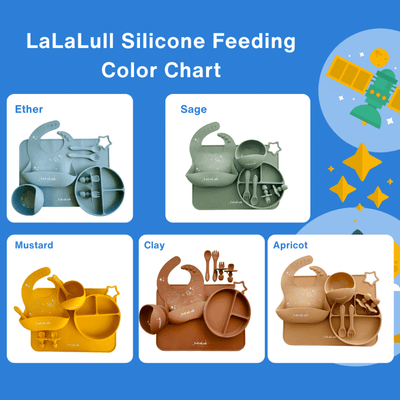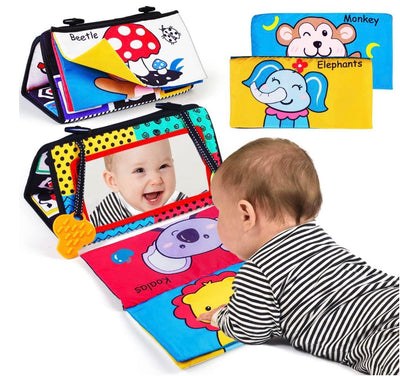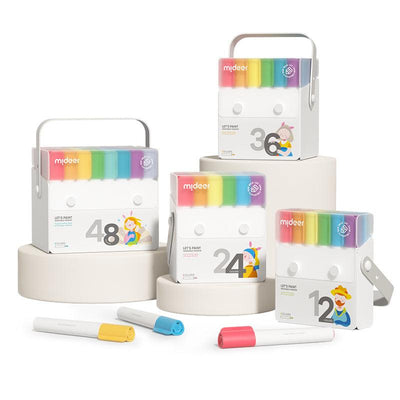Teaching your child to ride a balance bike is an exciting milestone that lays the foundation for a lifetime of cycling enjoyment. Balance bikes are designed to help children learn to balance and steer without the added complexity of pedaling. Here are some tips and tricks to make the learning process smooth, fun, and successful.
1. Choose the Right Balance Bike
Before you start, ensure you have the right balance bike for your child.
- Size Matters: The bike should be the appropriate size for your child. When sitting on the seat, your child's feet should be flat on the ground with a slight bend in the knees.
- Lightweight: A lightweight bike is easier for young children to handle and maneuver.
- Adjustable Features: Look for a bike with an adjustable seat and handlebars to grow with your child.
2. Proper Safety Gear
Safety is paramount, so make sure your child is properly equipped.
- Helmet: Always have your child wear a helmet that fits snugly and meets safety standards.
- Protective Gear: Consider knee and elbow pads for additional protection.
- Appropriate Clothing: Dress your child in comfortable, close-fitting clothes and sturdy shoes.
3. Find a Suitable Learning Environment
Choose a safe and appropriate place for your child to practice.
- Flat Surface: Start on a flat, smooth surface such as a driveway, sidewalk, or park pathway.
- Open Space: Ensure there is plenty of open space free from traffic and obstacles.
- Soft Landing: Grass or dirt areas can provide a softer landing if your child falls.
4. Introduce the balance bike Slowly
Help your child get comfortable with the balance bike gradually.
- Familiarization: Let your child explore the bike, sit on it, and walk it around without riding.
- Balance Practice: Have your child sit on the bike with feet flat on the ground and practice walking forward slowly.
- Scooting: Encourage your child to push off with their feet and glide forward. Start with small glides and gradually increase the distance.
5. Encourage Good Posture and Balance
Teach your child the basics of balancing and steering.
- Body Position: Encourage your child to sit upright with their weight centered over the bike. Hands should be on the handlebars, and eyes looking forward.
- Feet Up: Once your child is comfortable scooting, encourage them to lift their feet and glide for longer distances.
- Steering: Teach your child to steer by leaning slightly and turning the handlebars gently.
6. Practice Makes Perfect
Consistency and practice are key to mastering the balance bike.
- Short Sessions: Start with short practice sessions to keep your child engaged and prevent fatigue.
- Frequent Breaks: Take breaks as needed and offer plenty of encouragement.
- Celebrate Progress: Celebrate small achievements to build confidence and motivation.
7. Games and Activities
Make learning fun with games and activities.
- Obstacle Course: Set up a simple obstacle course with cones or other markers for your child to navigate.
- Follow the Leader: Ride your own bike and have your child follow you, mimicking your movements.
- Balance Challenges: Challenge your child to glide for as long as possible or to balance on one foot.
8. Be Patient and Supportive
Every child learns at their own pace, so be patient and supportive throughout the process.
- Encouragement: Offer positive reinforcement and celebrate each milestone.
- Stay Calm: If your child becomes frustrated, take a break and try again later.
- Lead by Example: Demonstrate proper riding techniques and safety practices.
Conclusion
Teaching your child to ride a balance bike can be a rewarding and enjoyable experience for both of you. By choosing the right bike, ensuring safety, providing a suitable learning environment, and using positive reinforcement, you can help your child develop the skills and confidence needed to master balance biking. With patience and practice, your child will soon be gliding along with ease and ready for the next step in their cycling journey. Happy riding!

